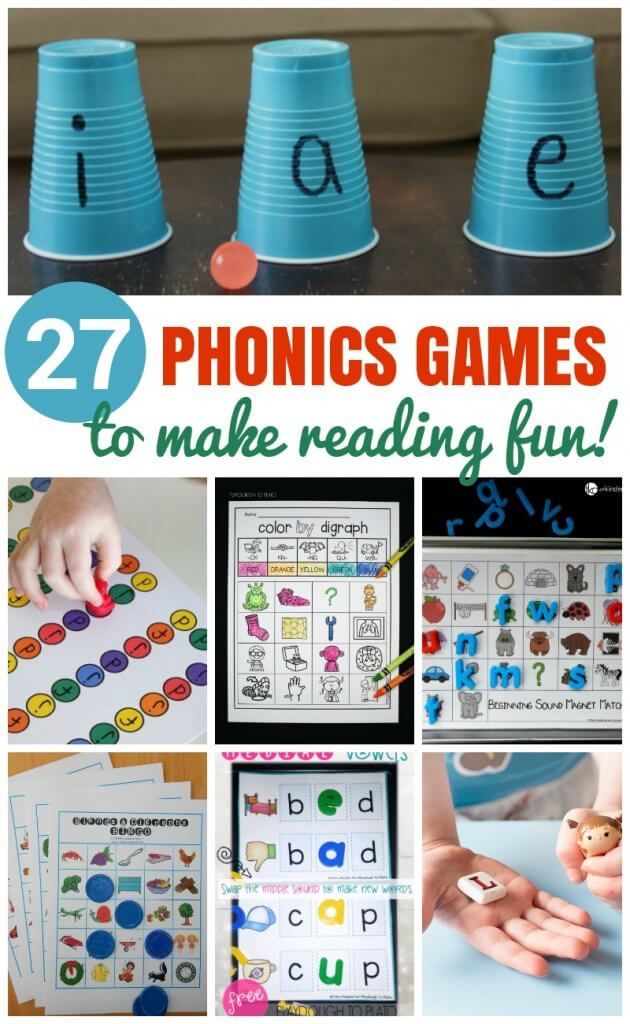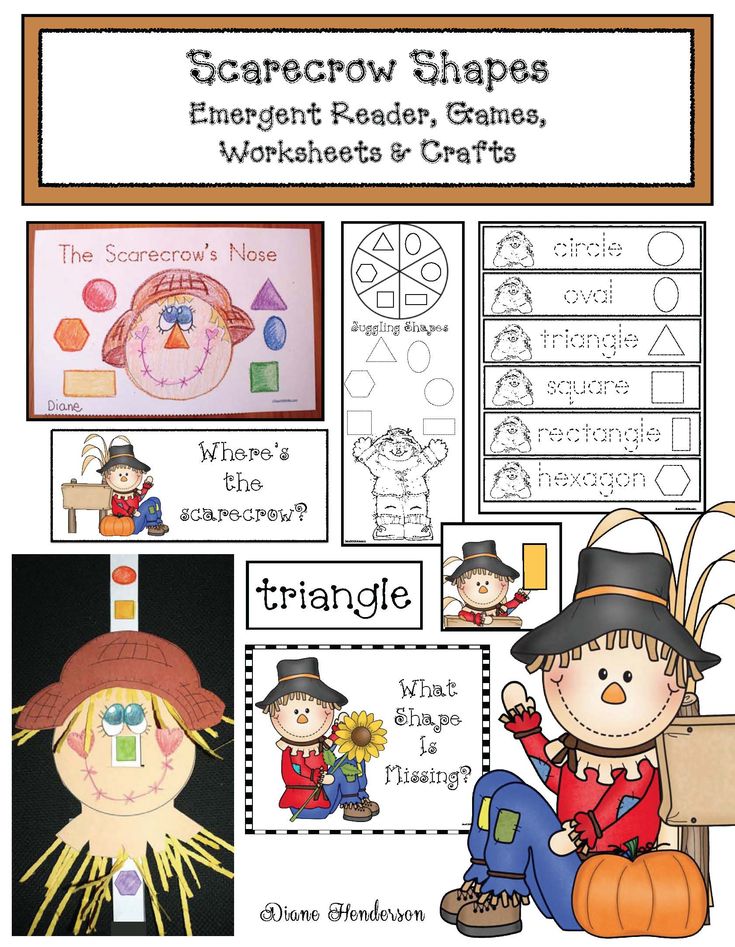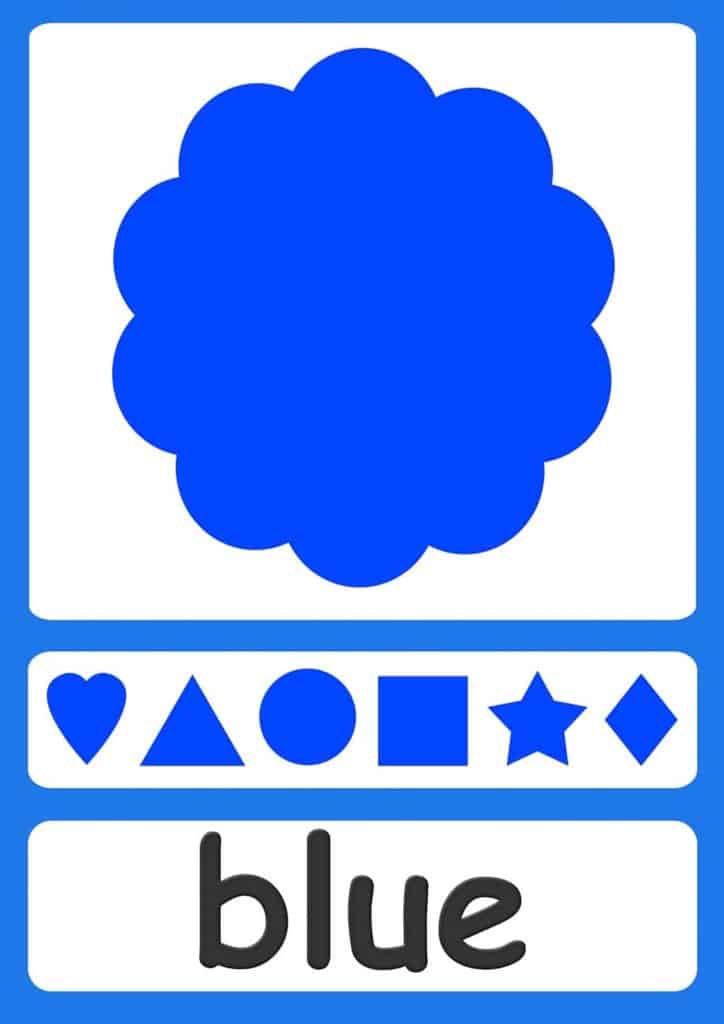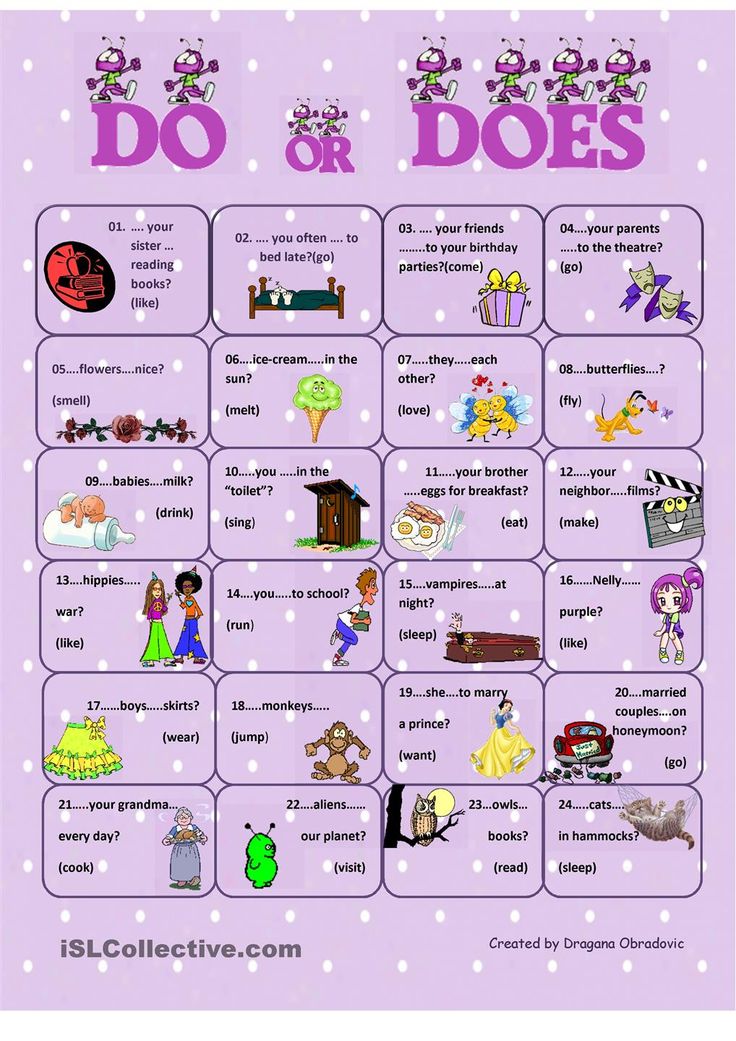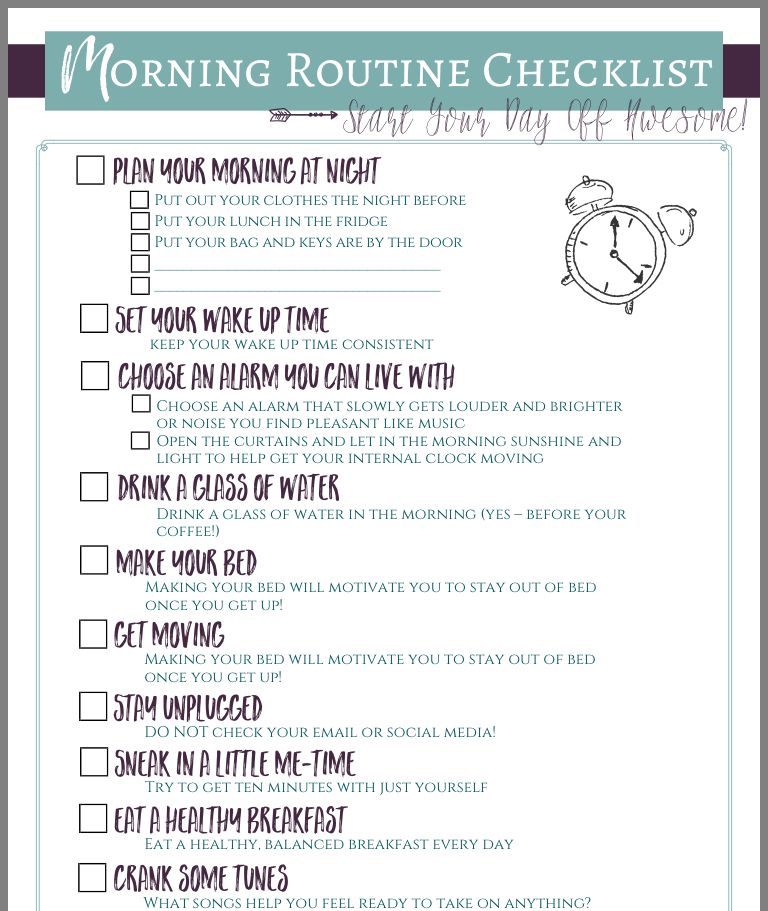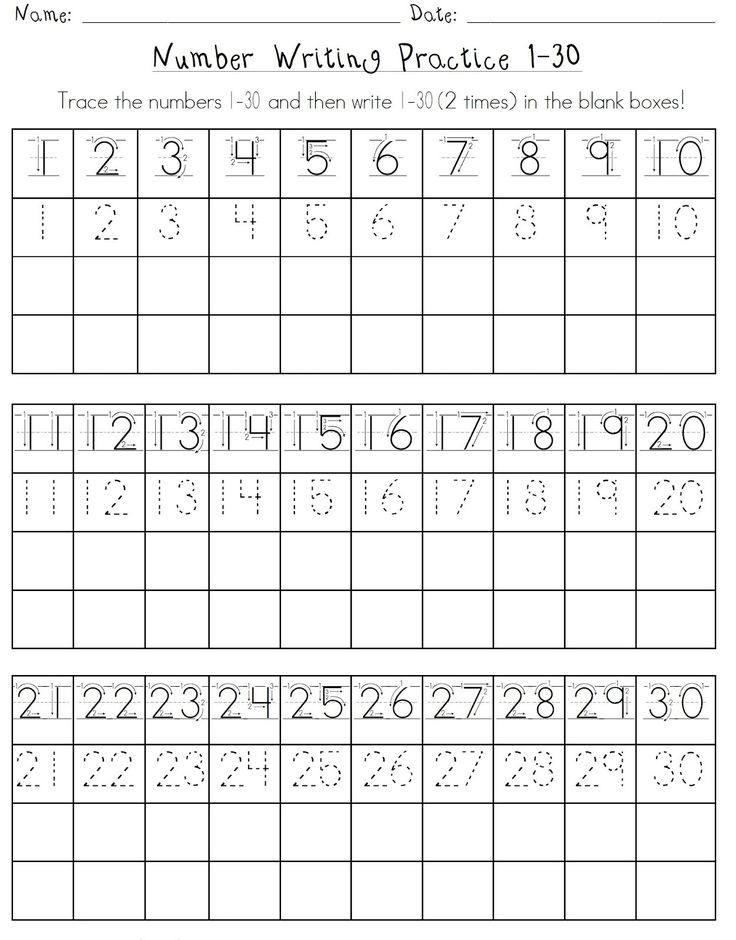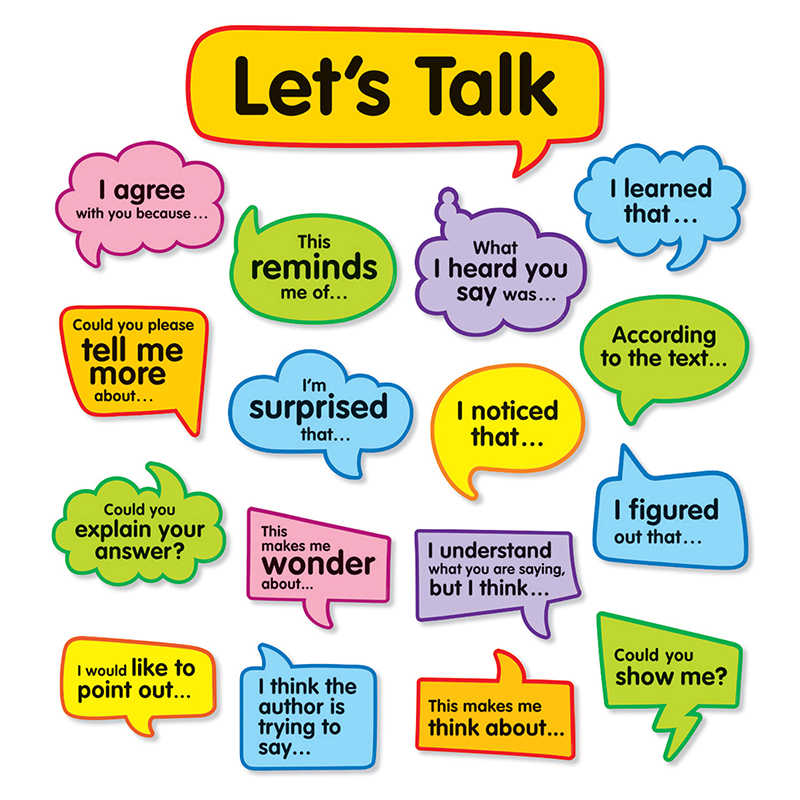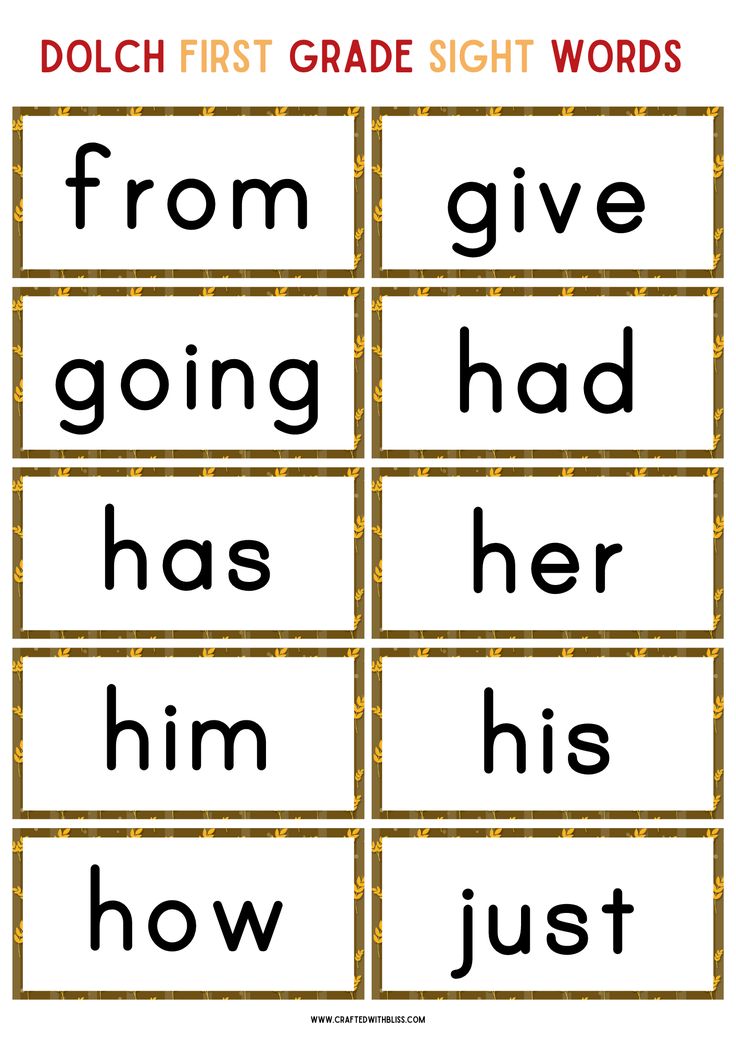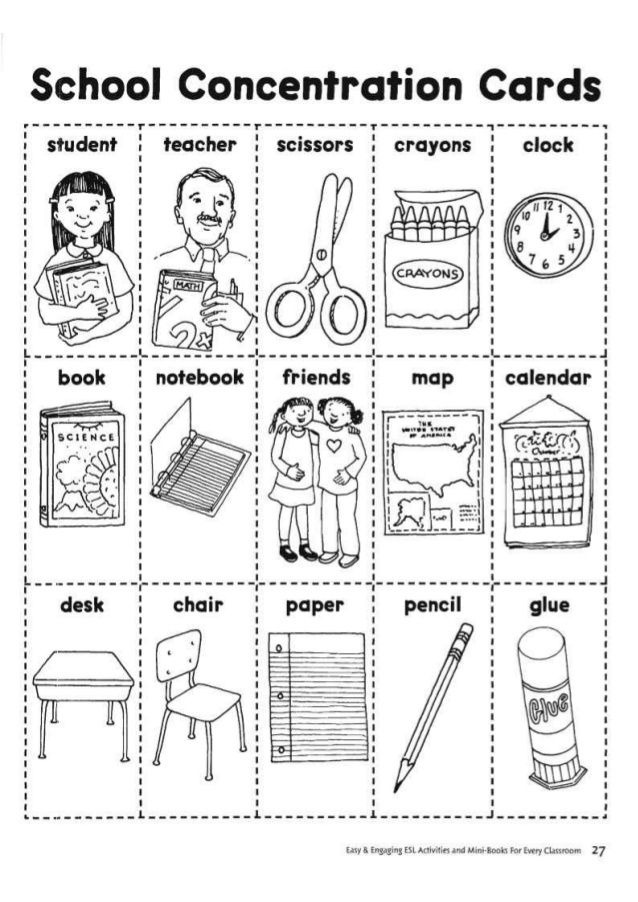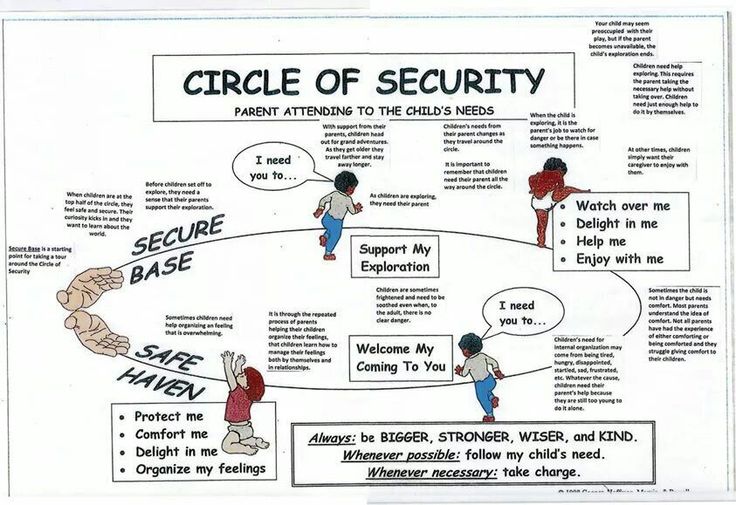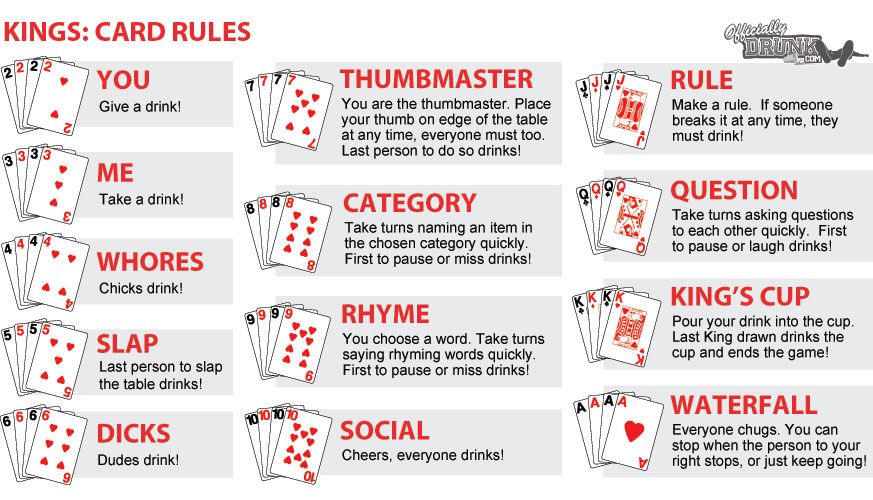How to teach phonics for kindergarten
Phonics and Decoding: Activities for Your Kindergartener
Overview
Once children have a solid grounding in the sounds of speech (phonemic awareness) they are ready to learn how these speech sounds are connected with the letters of the alphabet. And they begin to learn that there are predicable patterns in sound–letter relationships. They will take their first steps into "decoding" — sounding out simple words.
In kindergarten, your child will start with basic CVC words (consonant-vowel-consonant words) such as c-a-p, say each sound individually, and then begin blending the sounds into a word. Decoding takes a lot of practice! You can help your child build phonics skills with some of the activities described here — and by offering lots of encouragement as your child gains confidence with this big step into becoming a reader.
Here are some basic tips on how to help your child build phonics skills:
Talk about letters and sounds
Help your child learn the names of the letters and the sounds the letters make. Turn it into a game! "I'm thinking of a letter and it makes the sound mmmmmm."
Model finger-point reading
That means to follow the words with your finger from left to right as you read them. Your beginning reader will do the same thing for awhile.
Practice patience!
Beginning readers may read slowly. Give your child time to decode the words, and avoid jumping in too quickly.
Encourage attention to letters and sounds
If your child is stuck on a word, prompt them to look at the first letter of the word and make the letter's sound. Of course, only do this for words that can be sounded out! If the word can't be sounded out, just supply the word for them.
What strong decoding looks like in kindergarten
Try these phonics activities at home
Alphabet scavenger hunt
Be sure your kindergartner knows all of her uppercase and lowercase letters.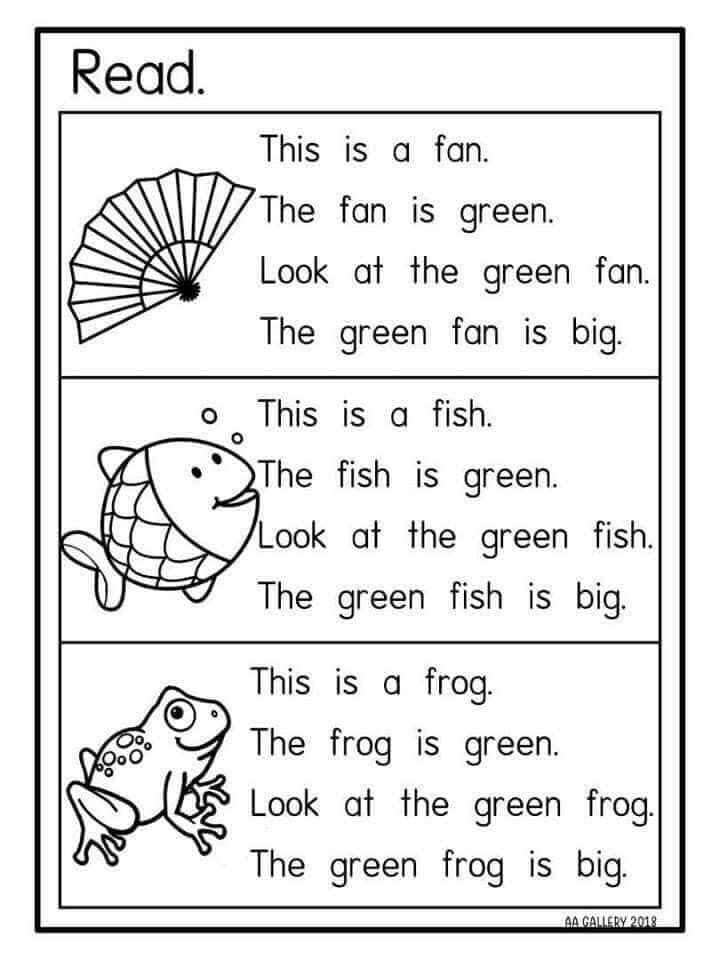 One fun and easy way to practice is to pick up a favorite read aloud book and have your child find each letter in the print, in alphabetical order. Ask your child if some letters are harder to spot in every book, and guess why that might be.
One fun and easy way to practice is to pick up a favorite read aloud book and have your child find each letter in the print, in alphabetical order. Ask your child if some letters are harder to spot in every book, and guess why that might be.
Grocery store literacy
Choose a letter as you're walking into the store. Make a game of finding things in the store that start with that letter. For example, for the letter "p" you could find peanuts, popcorn, pineapple, paper and pizza. Emphasize the letter "p" and the sound it makes with each of your "p" words.
Trace and say
Have your child use a finger to trace a letter while saying the letter's sound. Your child can trace on paper, in sand, or on a plate of sugar. Next, see if your child can trace a simple two- or three-letter word (it, at, sat) and sound it out.
Letter names
Try this activity from the Florida Center for Reading Research (FCRR). The FCRR "At Home" series was developed especially for families! Watch the video and then download the activity: Letter Names.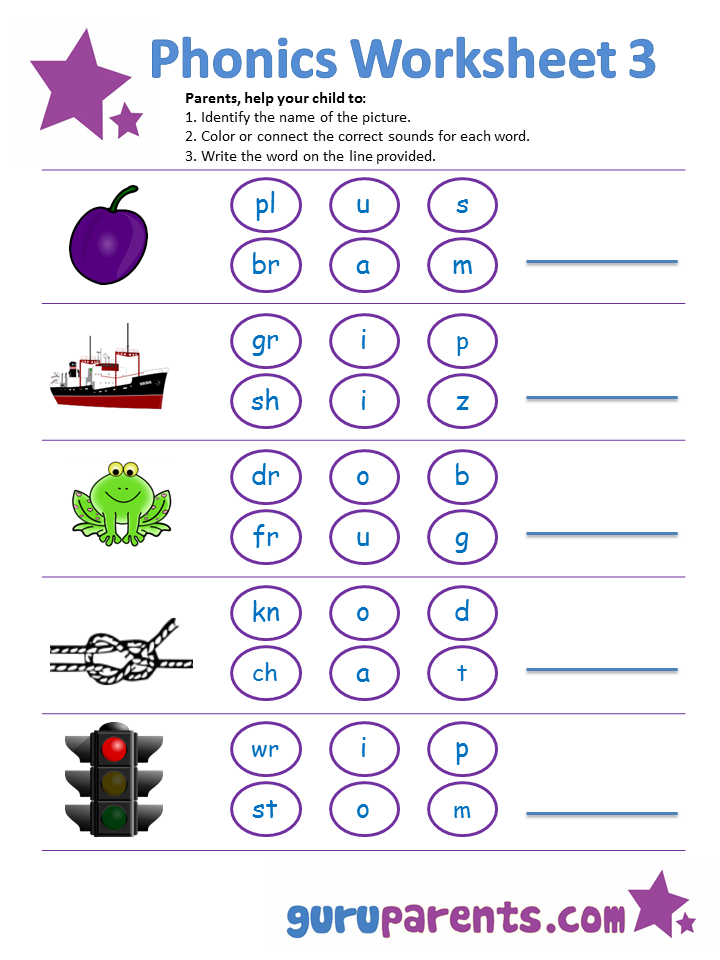 See all FCRR phonics activities here.
See all FCRR phonics activities here.
Letter-sound dominoes
Try this activity from the Florida Center for Reading Research (FCRR). The FCRR "At Home" series was developed especially for families! Watch the video and then download the activity: Letter-Sound Dominoes. See all FCRR phonics activities here.
The "H Brothers"
Explain to your child that sometimes two letters will stand together to create one new sound. The “H Brothers” join with other letters to make the sounds: sh, ch, th, wh and ph. Write down some example words and use multisensory props and gestures to help your child remember the new letter combination.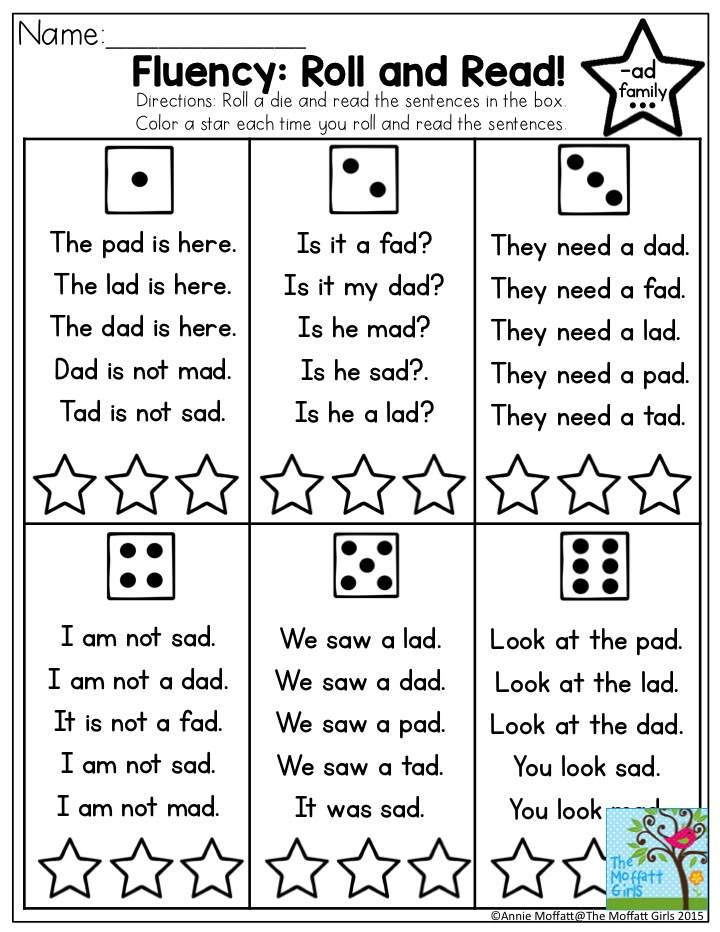 Here's a fun idea for telling the story of the H Brothers to reinforce the concept.
Here's a fun idea for telling the story of the H Brothers to reinforce the concept.
Fridge fun
Magnetic letters can provide lots of easy phonics practice right in your kitchen. For an alphabet refresher, ask your child to arrange the letters in alphabetical order. Next, ask her to pick out a letter, think of a simple three- or four-letter word that starts with that letter, and spell it out on the refrigerator. Can your child think of more words to spell with that first letter? Finally, see if she can change one letter in the word to make a new word.
Scrambled words
Draw three boxes side by side on a piece of paper. Using magnetic letters or letters written on paper, scramble the letters of a simple three-letter word (big, bug, top, ran) under the boxes. Have your child unscramble the letters and place them into the correct box.
Extra, extra!
Ask your child to find and cut out all the words in a newspaper or magazine that she can read. Glue or tape them onto a piece of paper and practice reading them together.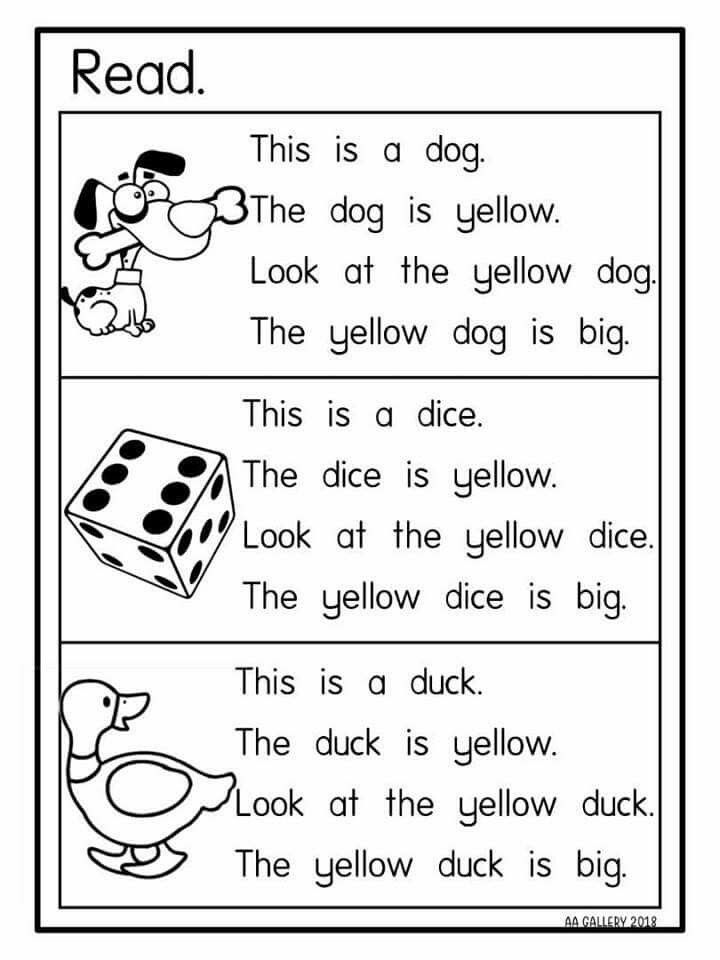
Dig into decodable books
Through read alouds, kindergarteners should be exposed to a wide range of books that introduce them to rich vocabulary and story structure. But there is also a role for decodable books to help your child practice beginning phonics skills. Decodable books contain a high percentage of words with predictable letter-sound relationships. You'll find a comprehensive list of K-2 books here: Decodable Text Sources.
Show your child how to read short words
This video is from Home Reading Helper, a resource for parents to elevate children’s reading at home provided by Read Charlotte. Find more video, parent activities, printables, and other resources at Home Reading Helper.
Sight words
Sight words are common words kids have to recognize instantly without sounding them out.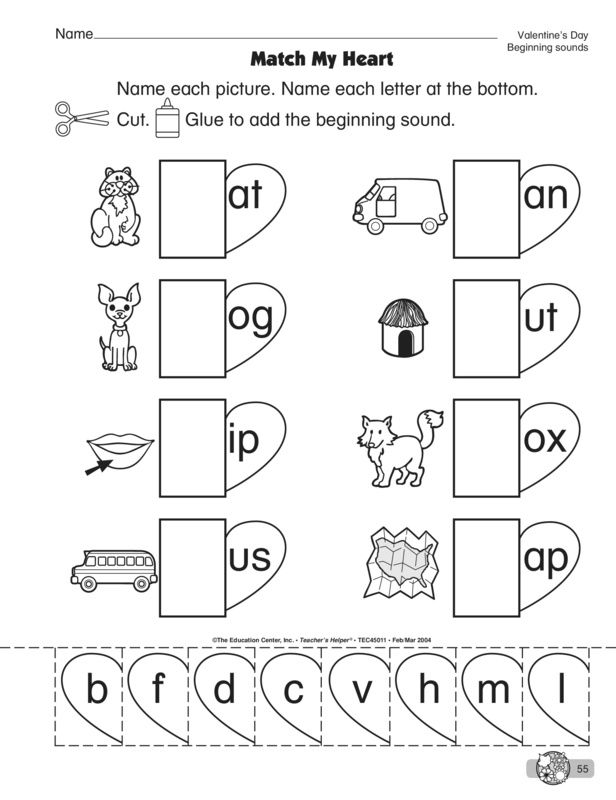 Many sight words are tricky to read — they aren’t spelled the way they sound so they are difficult to decode. Children need to memorize them as early as kindergarten. Here's a list of common sight words for kindergarten.
Many sight words are tricky to read — they aren’t spelled the way they sound so they are difficult to decode. Children need to memorize them as early as kindergarten. Here's a list of common sight words for kindergarten.
Sight word spy
Tell your child that sight words are "hiding in plain sight" everywhere around us. Your child's "mission" is to spot the sight words out in the world (in the grocery store, on a sign, cereal box, or movie poster) and announce "aha, I found you! This silly game can get your child excited about recognizing words — as well as a boost of confidence from knowing how to read them.
Getting stuck on sight words
Many striving readers struggle with sight words. Reading expert Linda Farrell suggests this teaching sequence: first, be sure your child knows all the letter names, then all the letter sounds — and then you can introduce a few short high-frequency words such as was. Choose words that don't have regular phonetic spelling.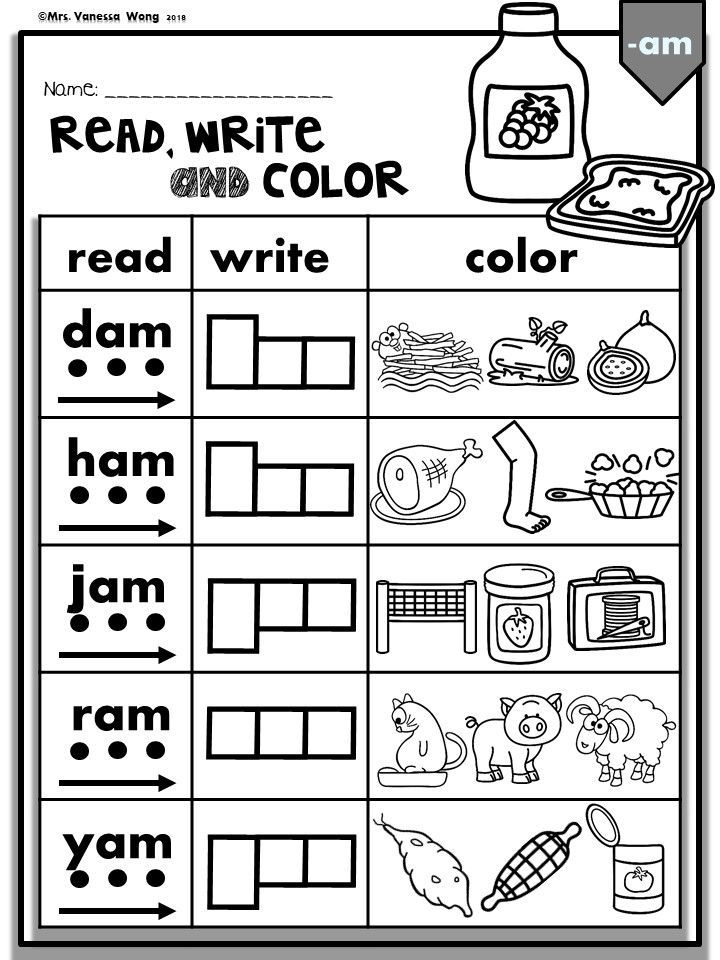 (From our video series Reading SOS: Expert Answers to Family Questions About Reading.)
(From our video series Reading SOS: Expert Answers to Family Questions About Reading.)
More phonics and decoding resources
How to Easily Create a Kindergarten Phonics Routine
Plan and implement an effective kindergarten phonics routine to build the foundation of reading and writing skills for your students.
I have learned over the years that my students need direct, explicit instruction in phonics. Without it, some of my students would not be able to connect the written symbol (the letter) and its spoken sound.
At my school board, we are not given a phonics program to follow. So instead, I have used pieces from different programs like Jolly Phonics or Animated Literacy to guide me on how to teach phonics skills to my students.
I will try my best to outline what this looks like for my students but keep in mind that this routine is continually adapted to fit their needs.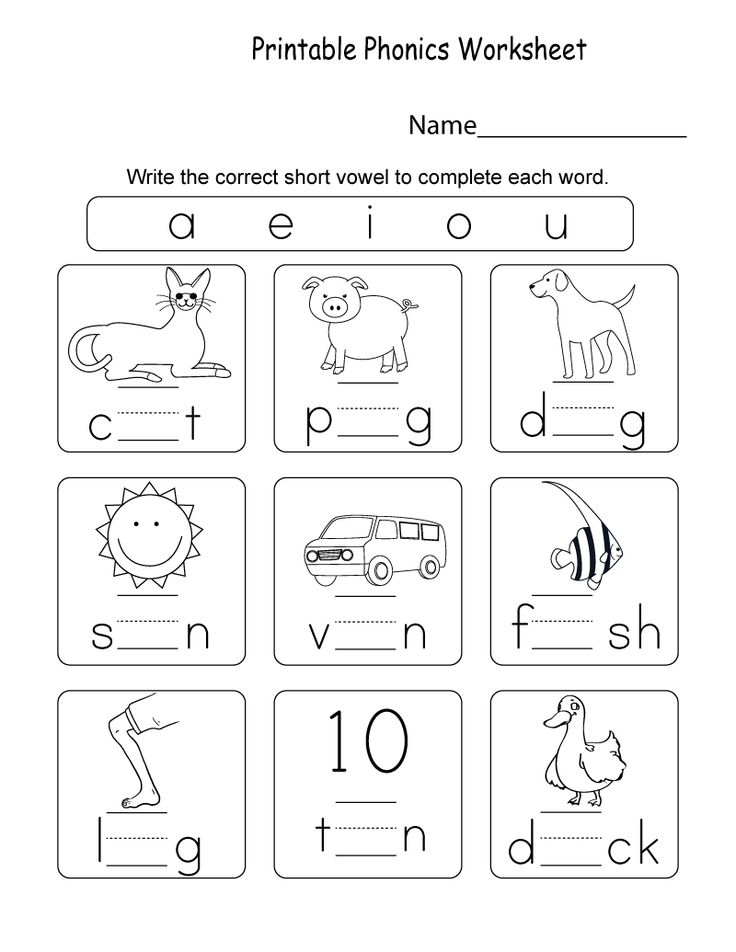 It is also just a part of what goes into my daily literacy instruction.
It is also just a part of what goes into my daily literacy instruction.
Letter of the Day
We start off at the beginning of the school year by learning a letter of the day. I used to do the letter of the week approach, but I have since learned that that may not be the best way to meet the needs of all students.
You can find different scopes and sequences for the order in which to teach letters, but this is the one we are currently following:
s a t i p n
c e h k r m d
g o u l f b
j z w v y x q
Once I am done teaching letters, we move on to digraphs (ch, wh, sh, th).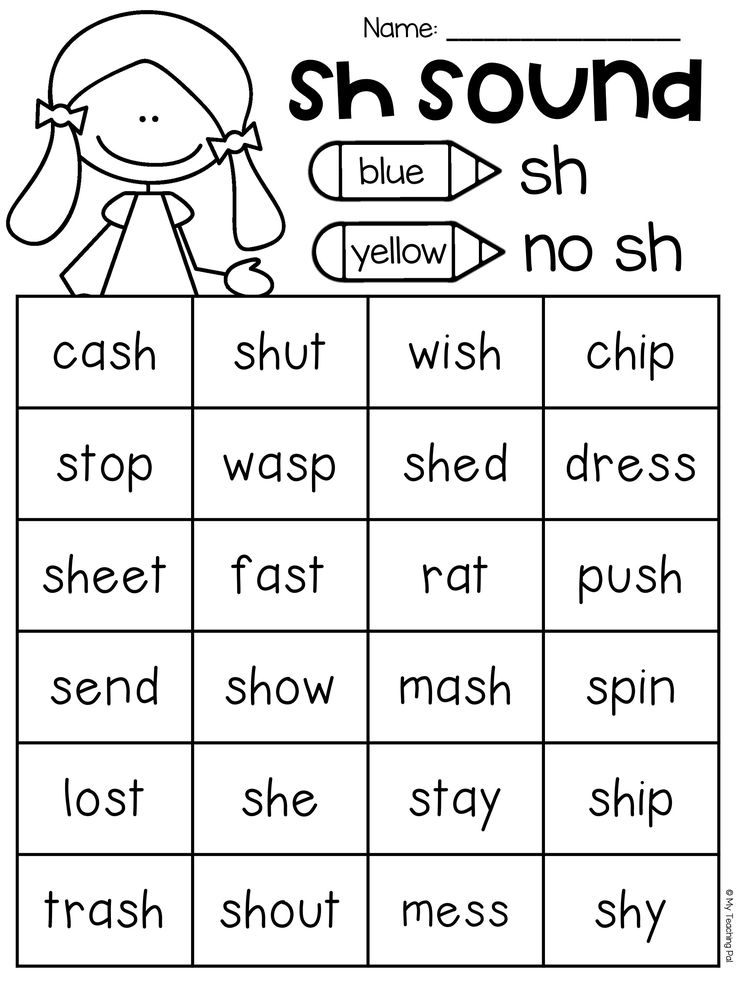
Teaching Kindergarten Phonics
To effectively teach each letter, I follow a routine that helps my students make the connection between the written symbol and its spoken sound:
I Say, We Say, You Say
I start off by teaching my students the sound that the letter makes. I make sure to emphasize what my mouth is doing as I say the sound. Once I have said it, then we say it together, then they say it. This allows them to practice, and I can see if they are saying the sound correctly.
Action
I also like to attach an action to each of the letter sounds. Some of the actions have been adapted from various phonics programs I have used over the years.
I find that the action really helps students struggling to remember the connection between the letter and sound. They can do the action, and it helps them remember it.
Words
Next, I like to come up with some words that begin with that letter sound. This helps my students put the sound in context and hear how it sounds. I come up with a few words, then my students make a list of more words. Remember to include any student names since these are powerful to help students remember letters and sounds.
I come up with a few words, then my students make a list of more words. Remember to include any student names since these are powerful to help students remember letters and sounds.
Letter Formation
Students also have to know how to write the letters. So, first, I model how to write the letter, then they practice by skywriting it.
Kindergarten Phonics Routine
To make my instruction more structured and predictable, I have made a slide deck to use when teaching each letter. It goes through the routine and has everything you need to teach each letter and its sound. It matches up perfectly with the alphabet posters that I display on my classroom walls as well.
Make your teaching life easier by getting the slide deck here.
More Kindergarten Phonics Practice
I also find that my students love listening and singing along to songs about each alphabet letter. I have used various CDs and YouTube videos over the years for this.
On top of the explicit instruction given during my phonics routine, I also allow students ample opportunity to practice phonics skills throughout the school day.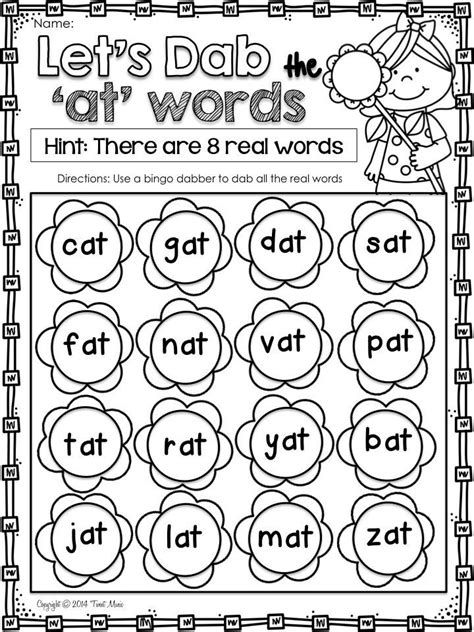 Through a print-rich environment, rich play experiences, centres and small groups, my students can practice the skills that I have taught them.
Through a print-rich environment, rich play experiences, centres and small groups, my students can practice the skills that I have taught them.
What do you do for your phonics routine? Anything I am missing? Let me know in the comments!
How to teach phonetics in kindergarten?
[e-mail protected]
When a child begins his/her learning activities, i.e. (usually starts at school), a lot of changes await him. From making new friends to developing self-confidence, the ability to perform well and connect with people around him, he has been learning from the very first day of his educational career. He certainly learns a lot of things from the game, but it takes a systematic approach to understand things.
Then comes your role as a mentor, teacher and supporter to help your child perform at their best at every stage of their life. Things may have changed since you were at his house, and the ideas, as well as the way of thinking, may require new strategies.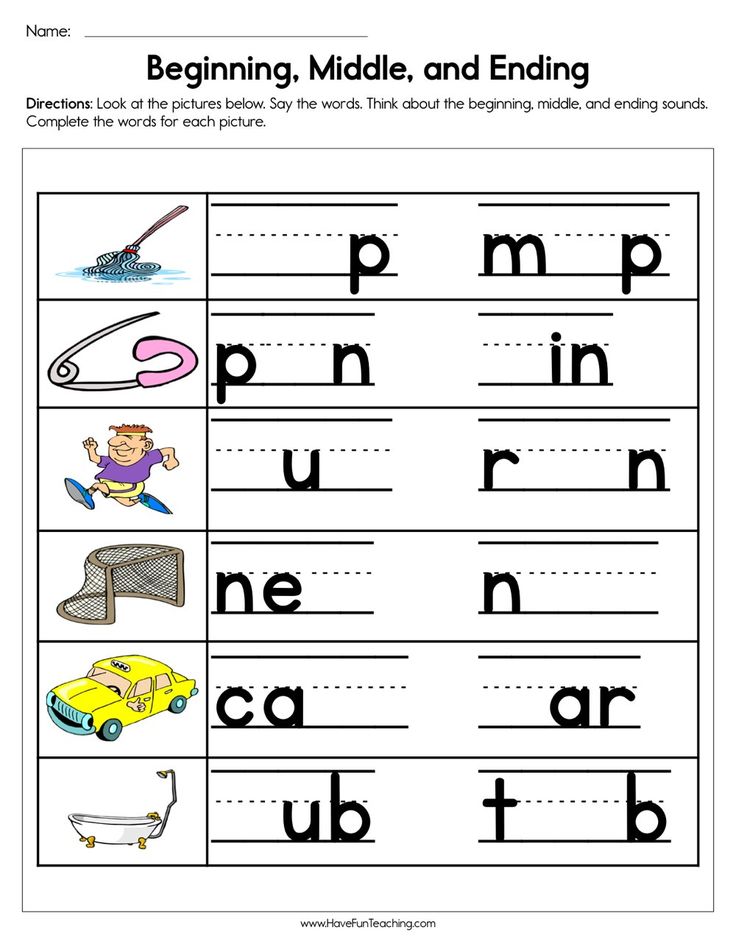 Once you learn about phonetics, the next question is how to teach phonetics in kindergarten?
Once you learn about phonetics, the next question is how to teach phonetics in kindergarten?
The Importance of Phonetics:
Phonetics involves learning the sounds of letters to help you read and understand words. You must know how to teach children to read using phonetics to better understand words. Preschool children usually develop an understanding of the sounds made by different alphabets. Their ability to listen is much stronger than reading or writing. After that, when they enter elementary school, they are forced to systematically learn the letters of the alphabet along with words such as cat and the sounds sh, ss, and es. Once they learn to read words, they will have an understanding of the pronunciation of various words that combine alphabets.
What will children learn and how can we help them?
Here are a few ways to help your child improve their phonetic learning, as well as tips on how to teach children to read with phonetics.
1) Keep it fun:
Don't forget that the purpose of teaching phonetics in kindergarten is to get your child to learn through sounds, to catch his interest and keep him busy in his free time.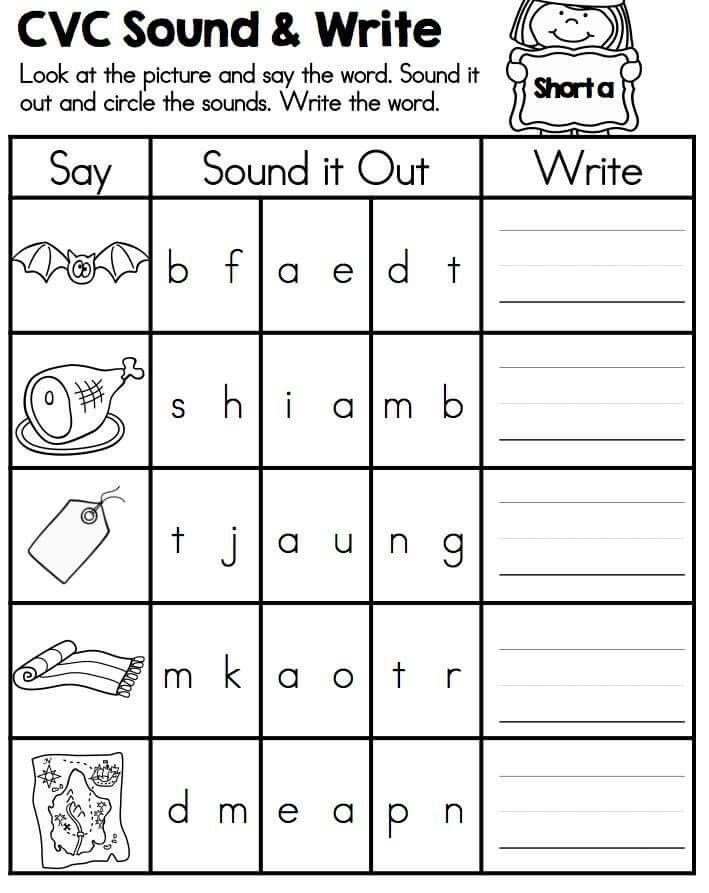 Keeping young students interested should be fun, not a chore like the curriculum you follow in school. He will learn best if it is related to his interest. Don't keep him too long, 10-20 minutes a day is enough to turn on the kindergarten phonics study and make sure he isn't tired and can focus. Even if at the end you realize that he has become a good student, do not stop his reading process.
Keeping young students interested should be fun, not a chore like the curriculum you follow in school. He will learn best if it is related to his interest. Don't keep him too long, 10-20 minutes a day is enough to turn on the kindergarten phonics study and make sure he isn't tired and can focus. Even if at the end you realize that he has become a good student, do not stop his reading process.
This app is filled with colorful Christmas activities for preschoolers and kindergarteners to bring out the hidden artist in them. This will allow children to choose the colors of their choice and enjoy a fun coloring experience.
Click here!
2) Build a solid foundation:
When teaching phonetics in kindergarten, you need to make sure that you first focus on the sounds and not on the graphics or letter names. Sound recognition helps turn on and make it so they can turn on reading.
3) Incorporating phonetics into early childhood education:
The most important thing to remember is that the child's interest activates his mind and encourages him to learn something more often and faster. Know what your child is interested in and, for example, if he is fond of vehicles, see how many different sounds he can pick up and distinguish. Check and see if he can copy it, sing songs with them. Say the rhythms and let them copy you.
Know what your child is interested in and, for example, if he is fond of vehicles, see how many different sounds he can pick up and distinguish. Check and see if he can copy it, sing songs with them. Say the rhythms and let them copy you.
4) Peace Building Rocks:
The Word Building Rock helps children learn and learn how words make sounds. You can also try making flashcards with different alphabets and have the children make up different words by putting them together. This will give them a broader and better understanding of the sounds that different letters make and how to form words from them. You need to know the tricks to get the attention of little students, starting with how to teach phonetics in kindergarten.
5) Keep practicing:
A little practice can lead to great improvement in anything. Discuss daily or casual talk about it. Even if you are not in a learning atmosphere with notes or books around you. You can talk about it verbally and still learn.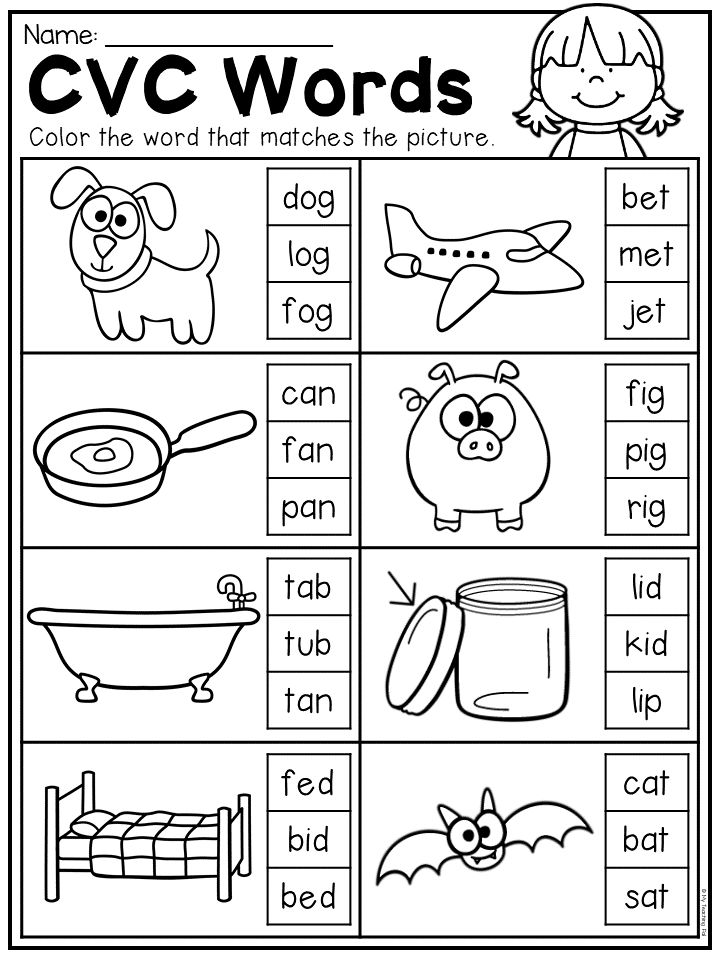 While cooking, driving or playing, you can tell them about the sounds that different letters make. Go for quick tasks or short actions.
While cooking, driving or playing, you can tell them about the sounds that different letters make. Go for quick tasks or short actions.
6) Read and write together:
Reading improves your learning and your ability to recognize the words and alphabets that make them up. This should become a habit to improve word comprehension and start learning phonetics in kindergarten. The more you practice, the more it gets better, and this is the basic principle of teaching children to read using phonetics. Spelling letters provide and help to learn the sounds of each and remember them.
Shape Sorter
Shape Sorter is an educational shape app designed to help children understand shapes. K…
Read more
Math addition
The Learning Apps Maths add-on redefines how kids learn and understand math. Your child…
Read more
dino counting
Dino counting games for kids is a fun app for kids.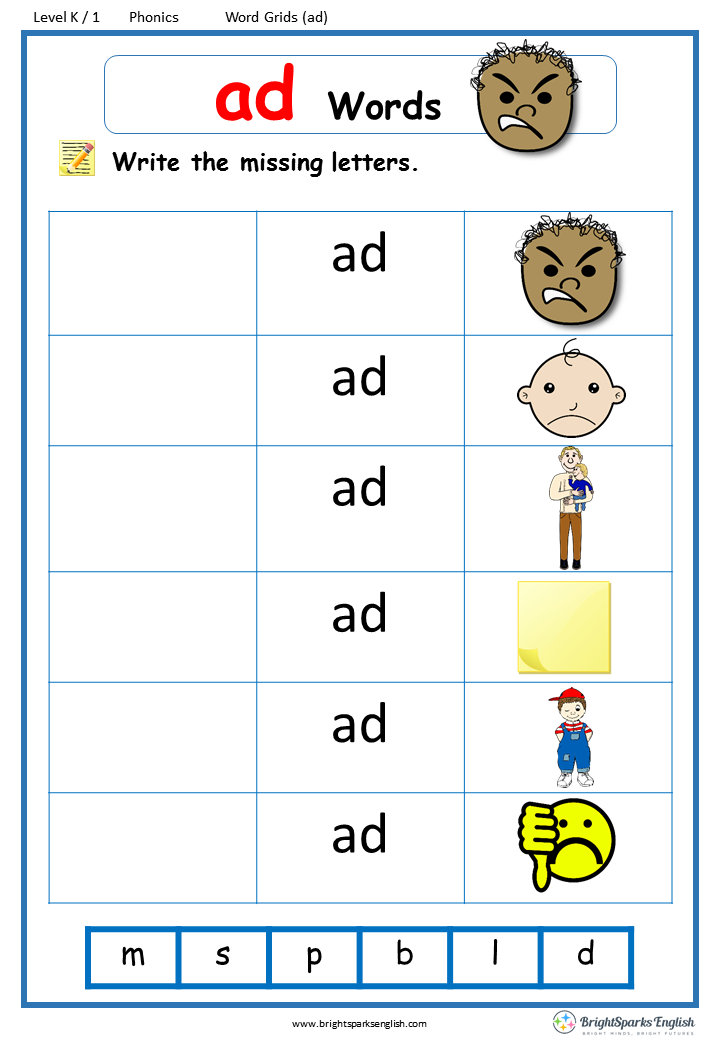 Learning numbers for kids will help...
Learning numbers for kids will help...
Read More
7) Step by Step:
It takes time to help children learn the associations between letters and their sound, and a step-by-step approach is what helps. It needs to be broken down into steps to make the learning process more practical and useful. First you need to teach oral manipulations, and then move on to reading and writing.
8) Phonics Fun with Primary Class:
Continue to participate in games and activities by teaching phonics in kindergarten that generates interest. Encourage them to read books they enjoy, and even if they bring books from their school, encourage them to read aloud. Help them pronounce any word they struggle with, but not always. You can stop in the middle of reading and ask him to pronounce the sound with which the next one begins.
9) Word hunting:
Play a search for a word you know he knows or you made him learn.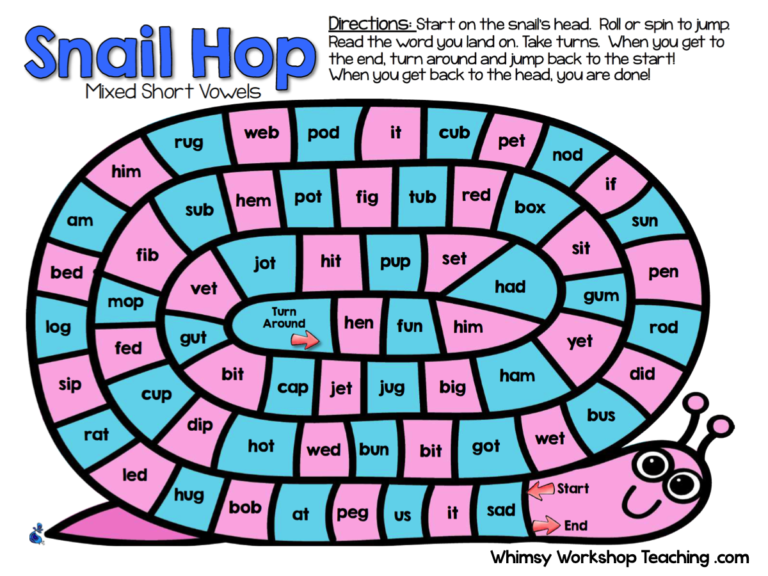 You can do this while reading a book to him. Have him search for a word, such as "Can you find words that start with the letter S" or "Find a word, baby." Encourage him to look up and learn words around him, such as posters, street signs, or shop signs, and praise him if he does so to cheer him up. If they stumble even a word, do not rush forward to help them, but let them try to the end, and let them try without anyone's help.
You can do this while reading a book to him. Have him search for a word, such as "Can you find words that start with the letter S" or "Find a word, baby." Encourage him to look up and learn words around him, such as posters, street signs, or shop signs, and praise him if he does so to cheer him up. If they stumble even a word, do not rush forward to help them, but let them try to the end, and let them try without anyone's help.
10) Sound activity:
Children tend to learn more when entertainment includes any learning activity. Teaching them sounds and letters is not a one-time task, and you can always get bored of learning the same thing over and over again. You can engage in fun phonic activities such as "flash cards", "letter sound race" or "slap letter" to keep your child's interest.
It's never enough how much you emphasize why writing and language learning are important. When teaching phonetics to a child in kindergarten, remember that you are working on creating his foundation, which he will carry for the rest of his life. The sound activity is tested, which proves excellent results. This article tells you which methods you should adapt to teach children to read using phonetics.
The sound activity is tested, which proves excellent results. This article tells you which methods you should adapt to teach children to read using phonetics.
Share
Top
.
Basic reading instruction. Onomatopoeia
- Material Information
- Parents
Primary reading instruction is sound imitation, the first phonetic lessons. It is onomatopoeia for children that is of paramount importance in order to quickly learn to read.
Children learn many things, including reading, through play, but these days reading skills are taught through a system. This is done from the very first days in kindergarten until the first years of elementary school. For parents, figuring out how to best support their child in the early stages of learning to read remains a bit of a mystery, especially since teaching methods have changed since they were in school.
Here we will talk about how children are prepared for reading in England from an early age. Parents can take note of this method and use it when teaching their child to read in their native language, as well as when teaching to read in English.
How to help a child?
The following are tips and tricks for parents on the learning material that children usually learn in school, as well as some ideas on how to help a child if he or she is having difficulty.
Do it casually
Remember that the purpose of phonetics is to help your child learn to read as quickly as possible so that he can freely read whatever he likes! No one wants reading to become a chore, so learning should be playful, engaging, and engaging.
Whatever stage your child is in, don't forget:
- Phonetic lessons should be short and focused. Try to stop before the child gets tired of homework! As a rule, it should be no more than 10 minutes.
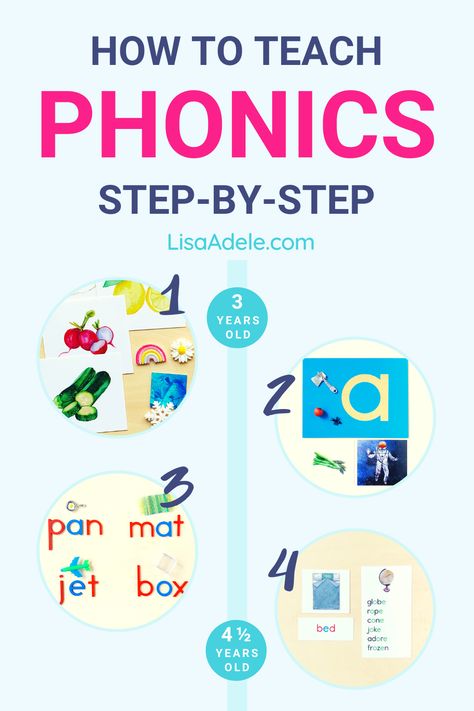
- Make learning as fun as possible for your child, in a playful way.
- Choose a time to study when your child is not tired, and find a quiet place where he will not be distracted by the TV or noisy siblings.
- Even when your child has already learned to read on his own, continue to read books to him aloud! During this period, fairy tales and stories, high-quality popular science literature, as well as a pleasant quiet pastime with a discussion of what you have read are important!
- If you are concerned about the poor progress of your child, go to https://zvukibukvy.ru/, where phonetic analysis of words is presented in all its diversity, or talk to the teacher. Share your concerns and ask for advice. This often helps and can be a great source of new ideas to support your child!
Children of early and preschool age
This is one of the most important moments for teaching children. They will absorb ideas and information like sponges, so this is a great time to start teaching them to read.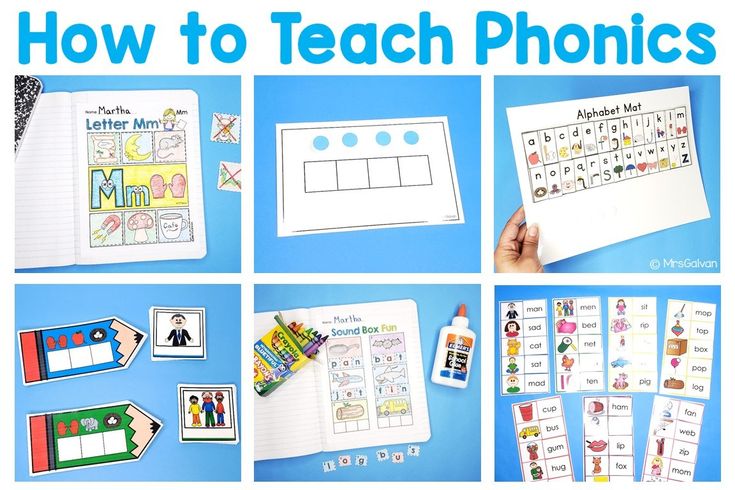
In preschool classes, educators help children develop the listening skills they will need to become successful readers. In songs, stories, nursery rhymes and games, babies discover many sounds. They begin to get used to hearing and repeating them. This stage is often called the first phase of phonetics.
Here is what they do in English kindergartens at this age period for children:
- Listen to the sounds of the world and copy them.
- Use of toys, objects, own body and voice to extract and copy sounds.
- Listening to rhythms and rhymes (for example, identifying rhyming words in a nursery rhyme).
- Listening to sounds in spoken words and splitting the word into individual sounds (eg 'd-o-g' makes 'dog').
This may not seem like reading, as children do not focus on writing and words, but it is a very important preparation for the next stage.
Onomatopoeia games for children
- Use what your child loves! If he loves animals, listen to how many different animal sounds he can make.
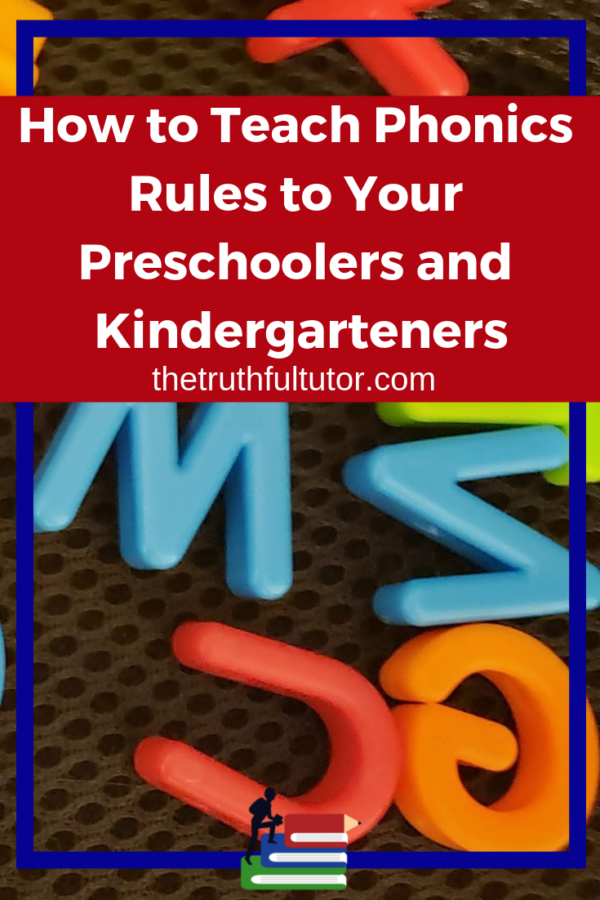 Can he copy the sound you make and say what kind of animal it is? Or, if he loves trucks, cars, and excavators, encourage him to make the appropriate sounds when he plays.
Can he copy the sound you make and say what kind of animal it is? Or, if he loves trucks, cars, and excavators, encourage him to make the appropriate sounds when he plays. - When you and your child leave the house, listen to the sounds around you - birdsong, traffic noise, etc. Can your child tell that he makes a particular sound? Can he copy it?
- Sing songs and say rhymes with your child. Can your child clap their hands when they hear a rhyming word?
- Clap your hands or tap something according to the rhythm. Can your child copy this? Can he clap his hands with his rhythm so that you copy him?
Teaching general phonetic rules
Phonetics is the use of sounds produced by individual letters and groups of letters to read words. Strictly speaking, phonetics, as a branch of linguistics, studies the sounds of speech, the sound structure of the language (syllables, sound combinations, patterns of connecting sounds in a speech chain) and intonation with which they are pronounced.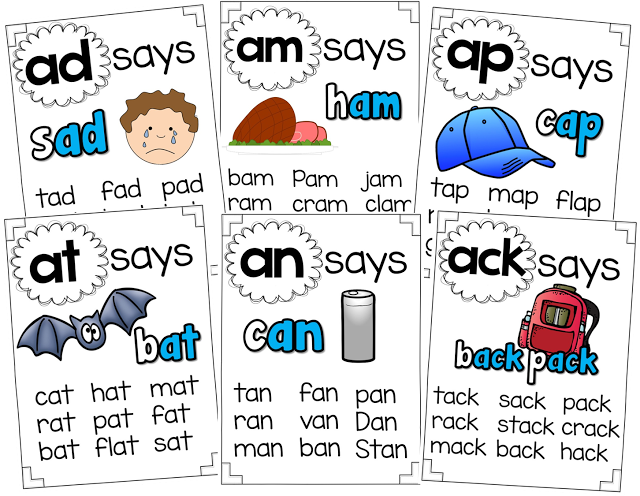
Most schools in the UK now teach reading using phonics. It's widely used because research shows it works! That is why the official school curriculum says that children should be taught to read using the rules of phonetics.
English schools use many different phonics programs and systems - some of them are Jolly Phonics, Read Write Inc, Big Cat, Bug Club and Oxford Reading Tree. Thus, the exact order in which the various letter sounds are introduced depends on the scheme used by the school. But most of the sound schemes used in schools are based on the government's "Letters and Sounds" guide.
Writing and sounds are divided into five stages. Stage 1 is used in activities with preschoolers where they learn to listen to sounds and copy them. In kindergarten, before children start learning letter names, they develop listening and onomatopoeia skills. For children, this is necessary so that they tune in to different sounds in words, and then be able to recognize and pronounce them.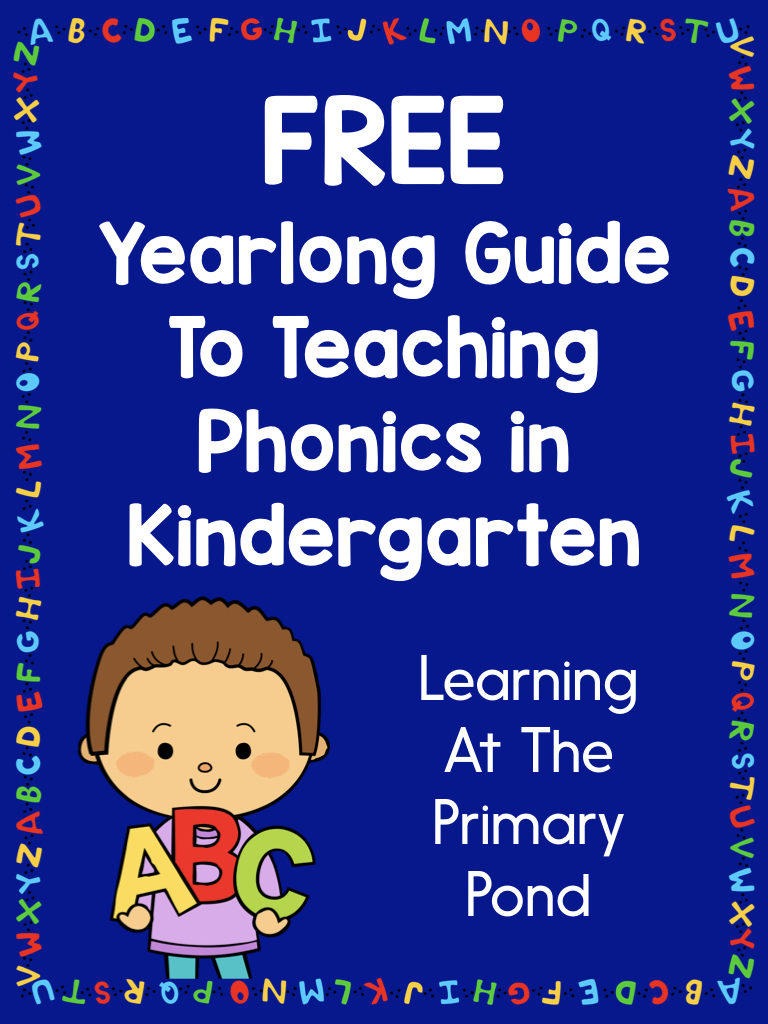
Children usually begin to really engage in Phase 2, towards the start of their first year of school. During this period, most of the letters of the alphabet are introduced. In kindergarten (Reception) and primary (Primary 1 and Primary 2) grades, the letters of the alphabet are entered in a set order, and children learn one sound for each letter. At this point, they can say and read simple short words such as 'c-a-t, cat' and 's-u-n, sun'. The children then learn that some letters make different sounds when they are connected, such as 'sh', 'ee' and 'ai'.
After children learn to read words with the most common letter-sound combinations, they move on to learning many alternative combinations and practice reading increasingly difficult words. By the time they finish their first year of primary school (in England, 5-6 year olds), most children will be able to read just about any familiar word in English. In the second grade (age 6-7 in England), children improve their skills by practicing using phonetics to read and write less familiar and more complex words.